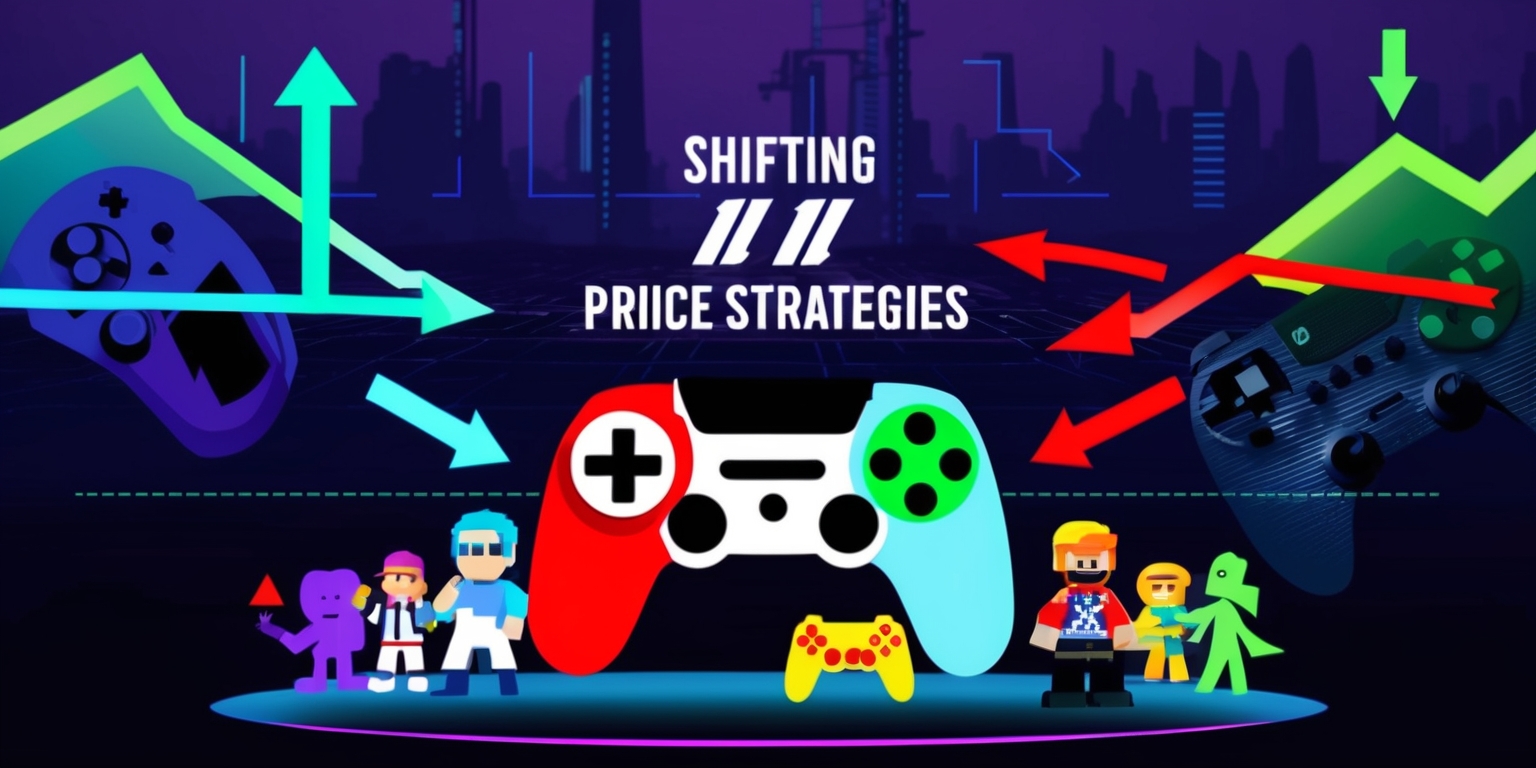Shifting Price Strategies in a Dynamic Gaming Market
- 0

The current gaming market is experiencing turbulent pricing trends that spark both conversation and concern among industry observers. With recent shifts in release costs and strategic price experimentation, stakeholders are left evaluating how best to target their audiences in a highly competitive environment.
Recent observations indicate that while game prices fluctuate wildly—from higher tiers to more modest offerings—there remains a possibility for premium titles to reappear. Some experts note that despite a transient lull in pricier game launches on many platforms, higher-priced releases may soon become a recurring theme.
An industry analyst from a respected market research firm described the current pricing landscape as unpredictable and unregulated. He emphasized that a broad range of price points—from rates in the higher eighties to those in the lower thirties—are drawing headlines. This variability, according to him, is the result of publishers and developers continuously exploring the ideal pricing model.
The analyst explained that creators are experimenting with different approaches to capture the right audience. In some strategies, a higher cost might reduce volume but secure a core group of devoted fans. In contrast, opting for a lower price could attract a broader user base. Companies are now measuring their new releases against digital platforms that dominate player attention, making it more difficult to compete solely on pricing and content launches.
He illustrated that major online experiences and community-based titles now serve as formidable alternatives for gamers. In the competitive market, developers face the challenge of luring users away from widely popular titles that consistently engage a significant share of active players.
Regarding premium price points, the analyst asserted that game publishers are aware that a segment of the audience is willing to invest heavily in titles that excite them. He observed that while some fans express dissatisfaction with higher prices, the continued sales success of such games suggests that the market will maintain these premium rates for standout releases. Ultimately, prices can be reduced over time if needed, but increasing them is far more challenging.
The discussion reveals a dynamic pricing environment where game publishers weigh the balance between attracting a larger audience through lower rates and securing a dedicated fan base with premium offerings. As the industry evolves, these pricing strategies will continue to develop in response to both consumer behavior and competitive pressures.